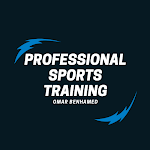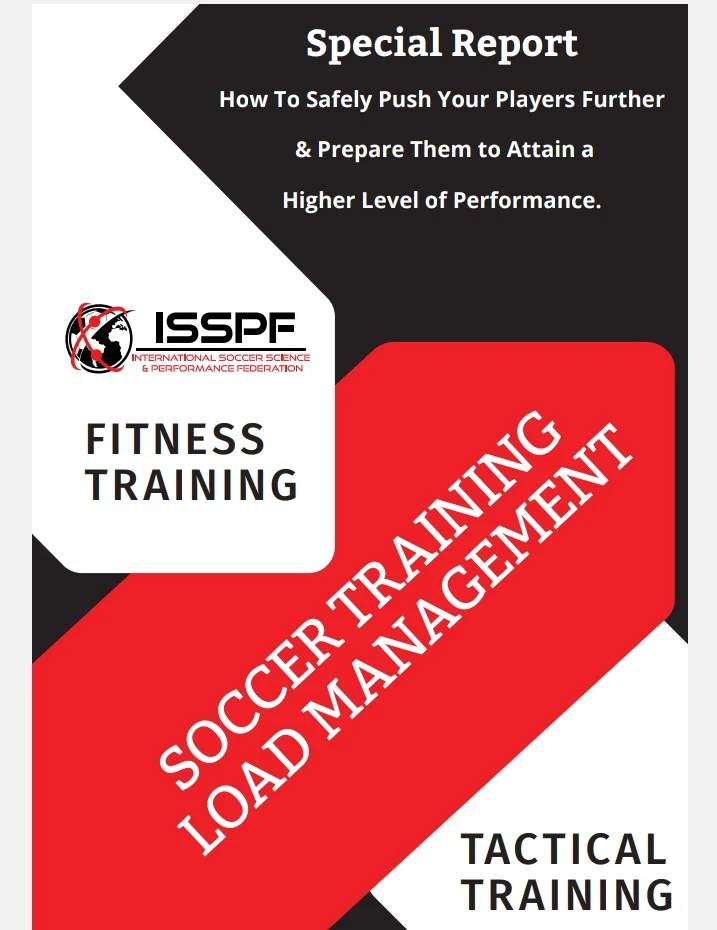HOW TO SAFELY PUSH YOUR PLAYERS FURTHER & PREPARE THEM TO ATTAIN A HIGHER LEVEL OF PERFORMANCE PDF
Throughout this report you will be asked to think more about your training philosophies and monitoring strategies in order to safely push your players further and prepare them to attain a higher level of performance.
In order to drive standards and physical qualities to a higher level in a safer way, you will discover the traditional concept of periodisation coupled with the more modern tapering' and 'tactical periodisation strategies employed within the game by some of the leading practitioners and high level coaches
As you progress, you will start to think a little more about a contemporary and integrated training approach which opens up the debate between 'science VS.
art in the coaching process.
A further deep dive into the weekly (microcycle tapering) and planning of training structure will become apparent through the 'super-compensation theory explained and how that can impact on player preparation levels.
All this will conclude by discussing a current hot topic in sport at many levels.
We will discuss and describe training load management and what that means from an applied perspective, how we can utilise it, and the ramifications of ignoring it!
Understanding specific load monitoring models and being brought up to date with some key research findings in this area will be discussed with respect to preparing a game related training model.
Most professional footballer players trained tirelessly from a young age to become a professional, but there’s nothing stopping you improving your skills at a later stage.
The key to getting better at football is passion, so if you love the game and actively want to improve your skills or are planning on attending a football trail day, you can follow these tips to get better and push yourself to the next level.
It sounds simple, but you’d be surprised how many football players don’t take the time to practice controlling the ball.
There’s a reason your school P.E. teacher had you dribble a ball around a set of cones or take it along a straight line, keeping it moving without kicking it too far in front.
Those activities are about control and making sure you can keep your feet on the ball, even when the movement isn’t something you’re completely used to.
Get yourself a set of cones and practice dribbling the ball distances until you’re used to it.
Football keeps you active, but it’s not the only exercise you should be doing.
When playing football, you need to stay active for 45 minutes at a time, and that takes some strength. Not to mention, you need good leg strength when kicking the ball, whether passing or taking a shot at a goal.
Get down the gym, or create a home gym, and keep on top of your squats and lunges.
Cycling is also fantastic exercise, so consider travelling by bike when you can.
You’ve probably heard it numerous times before, but the best way to get better at anything is practice, practice and more practice.
To improve your skills, you need to train regularly. This doesn’t necessarily mean joining a club, although it can be beneficial to train with a club, but could just mean practicing your technique on your own in your garden or getting together with some friends down the local park.
The main consideration when training is to be disciplined, play to your best ability, identify where your weaknesses are and then work on improving them.


Post a Comment